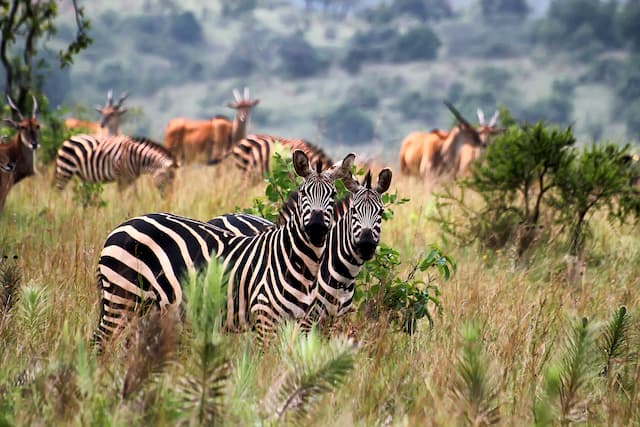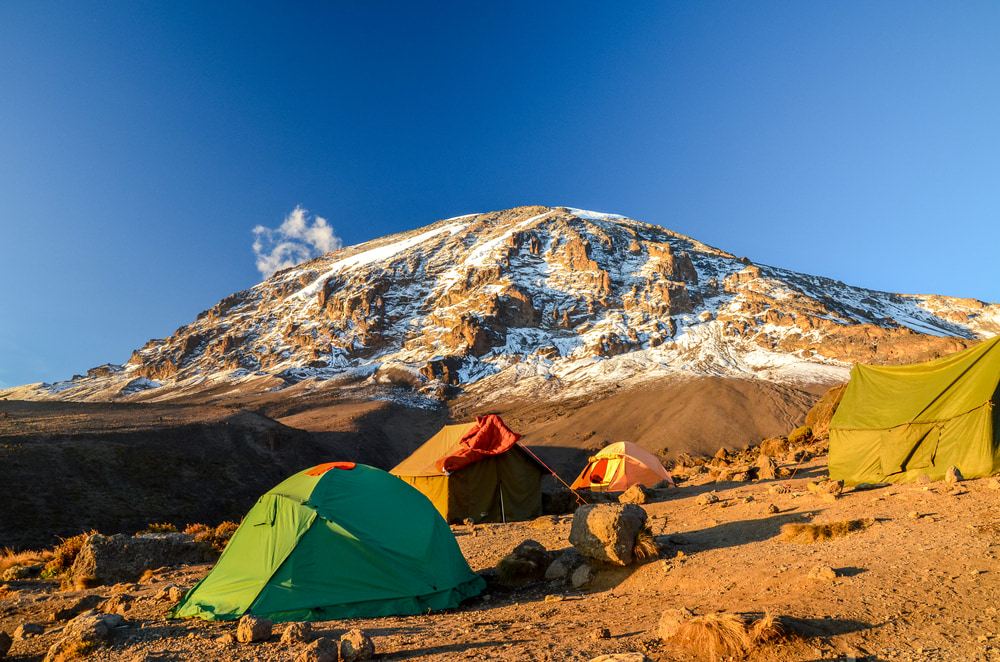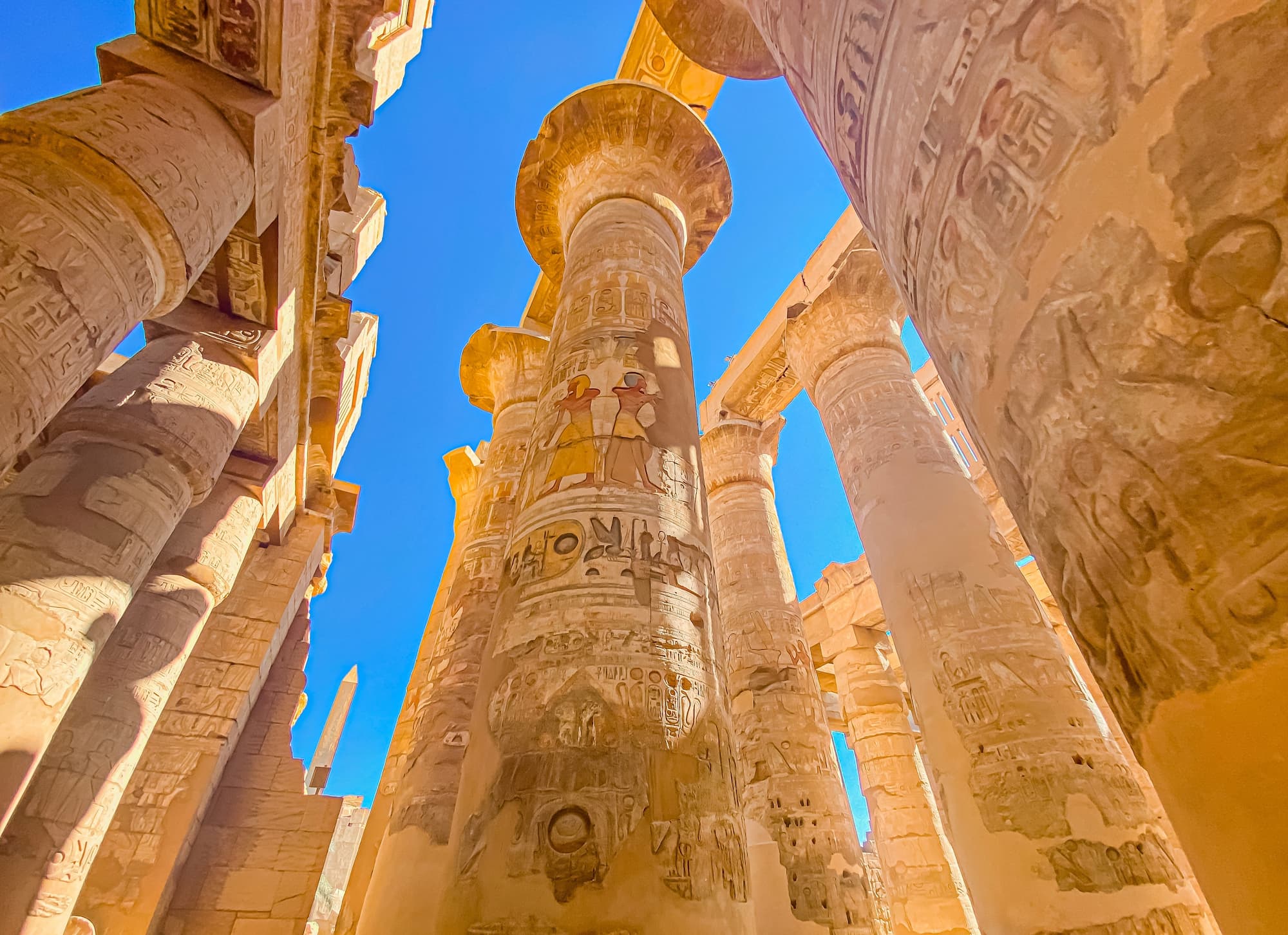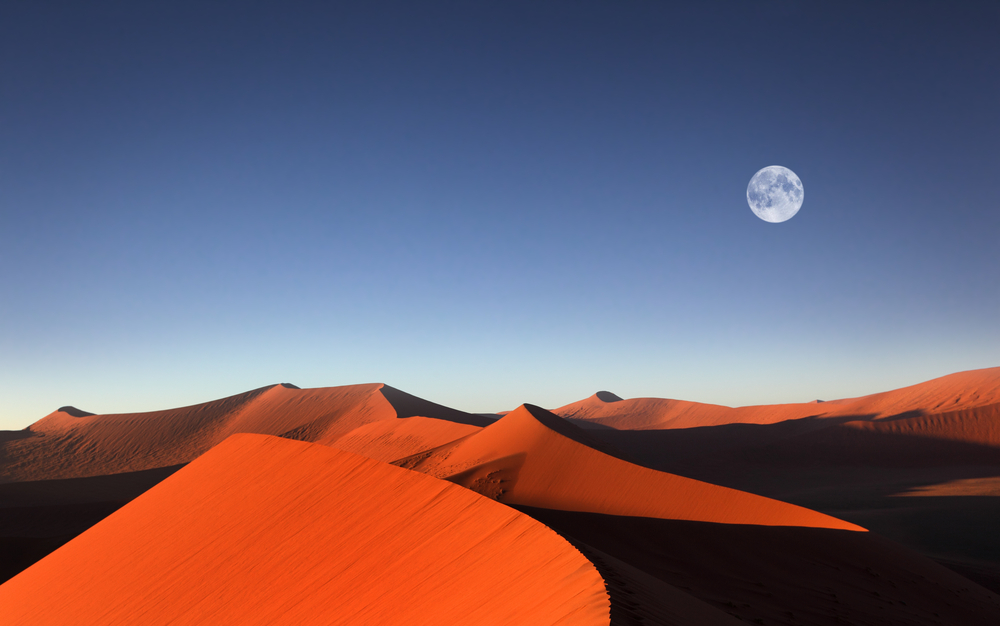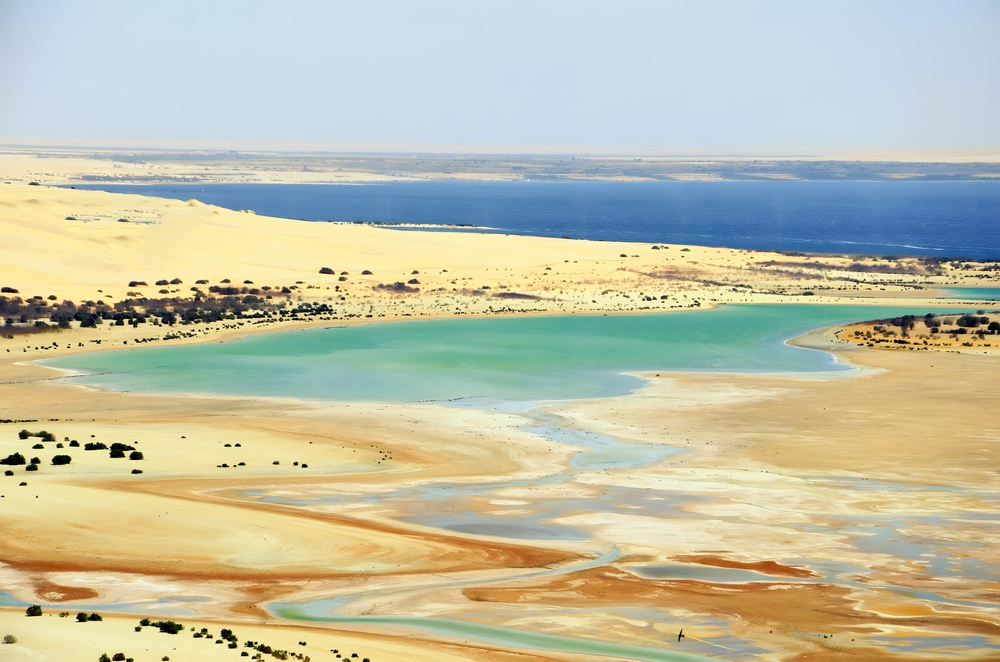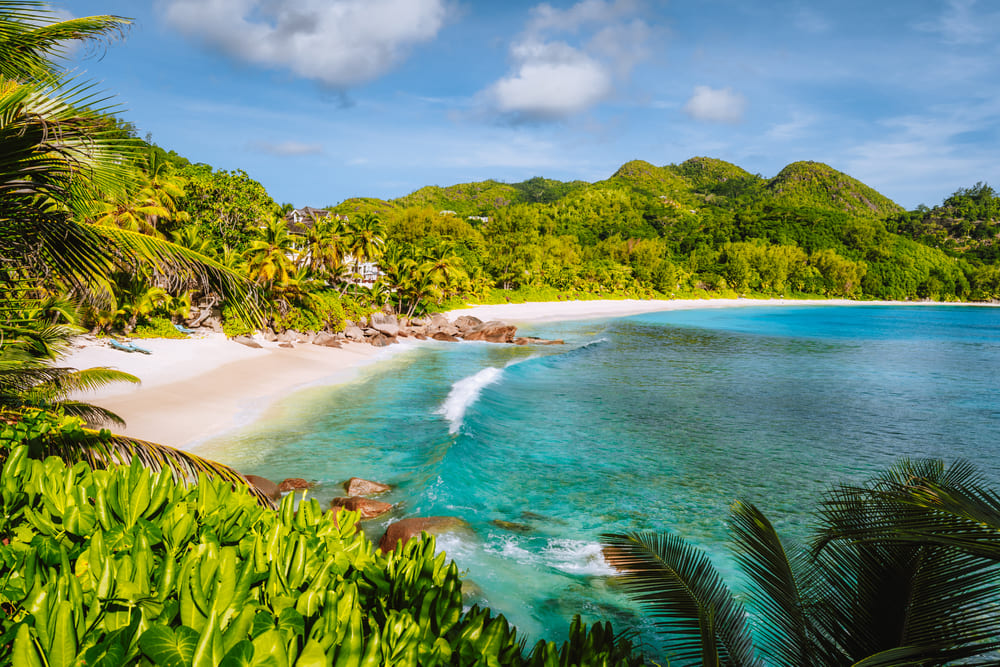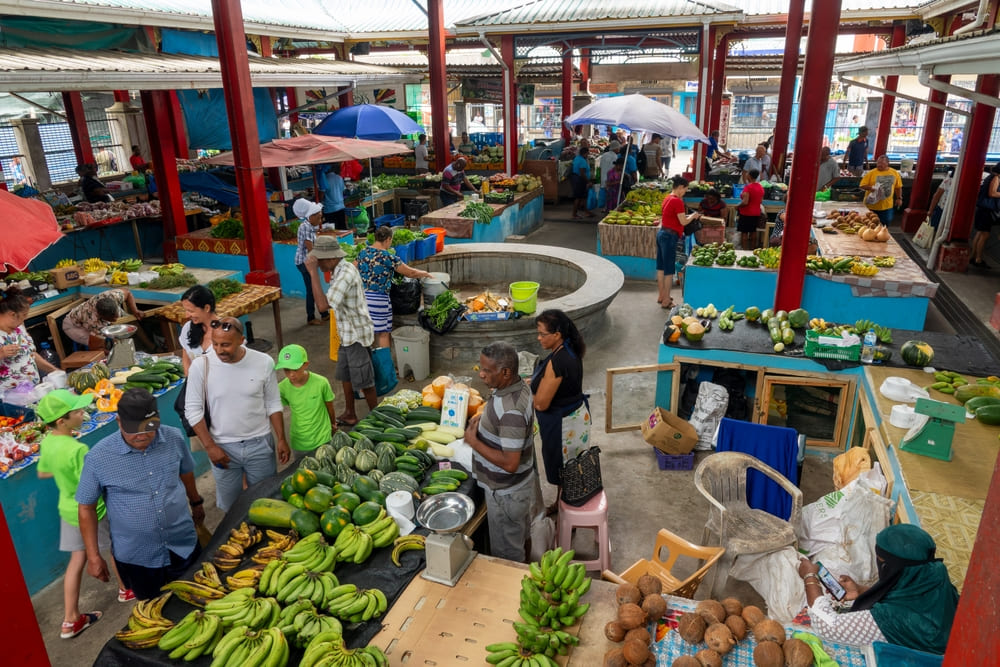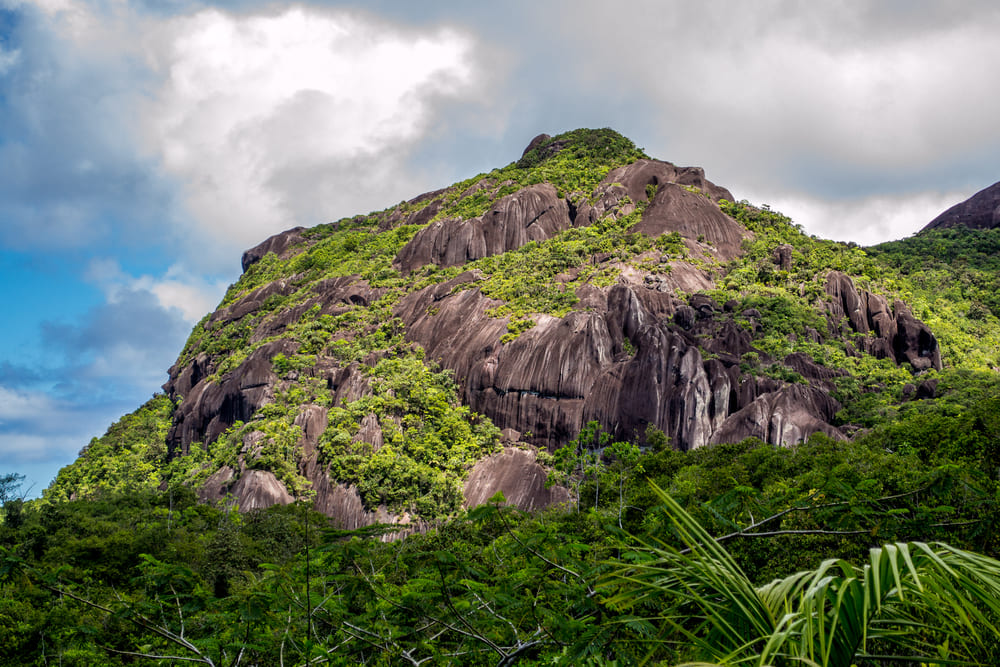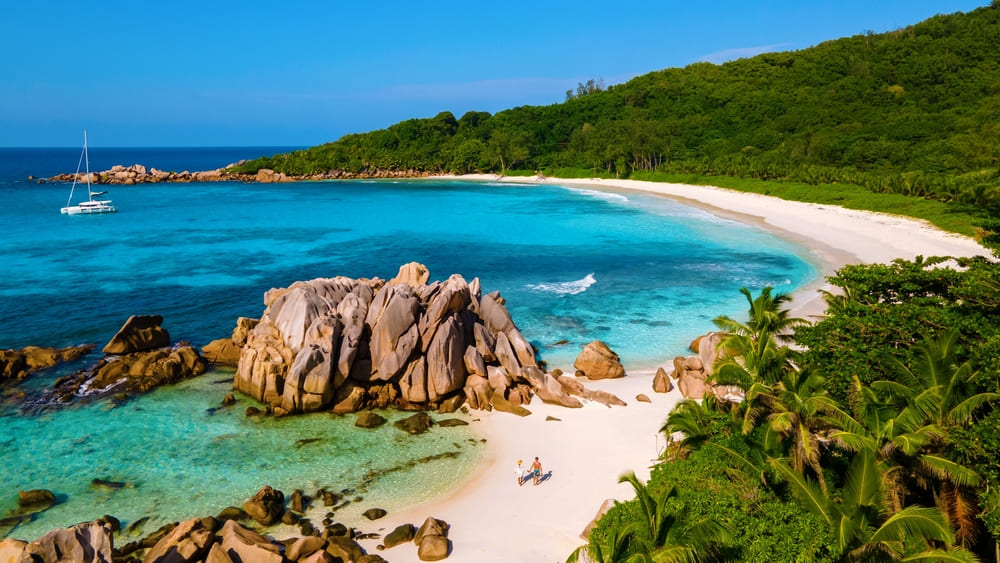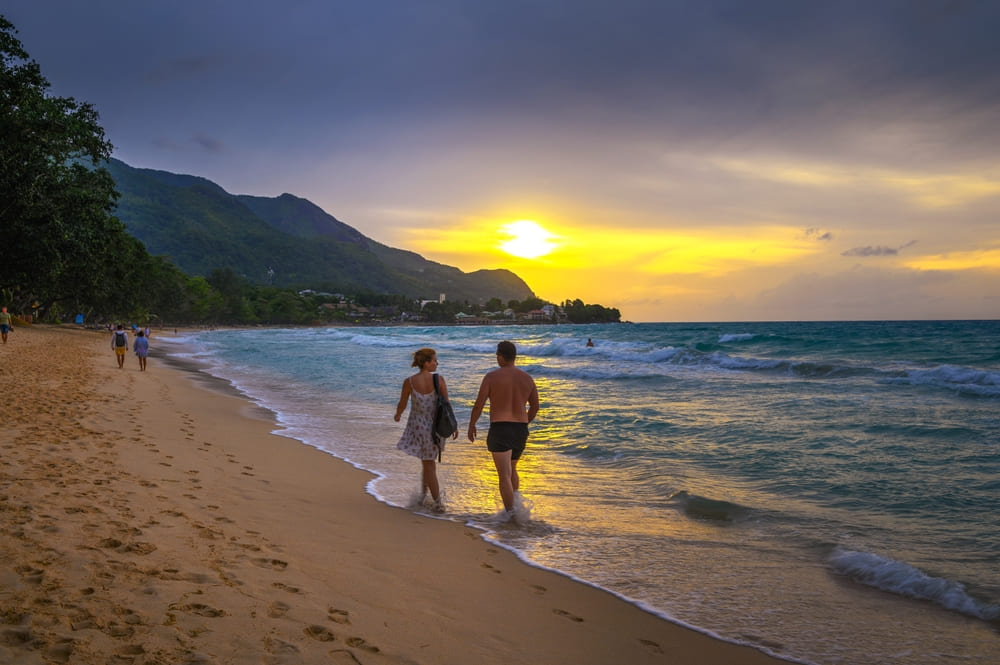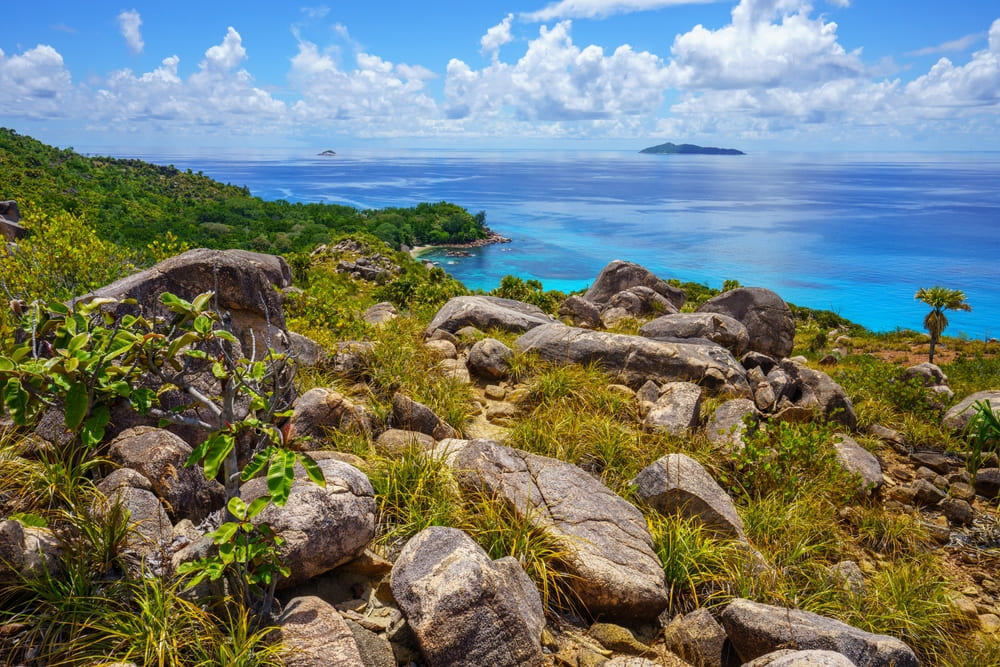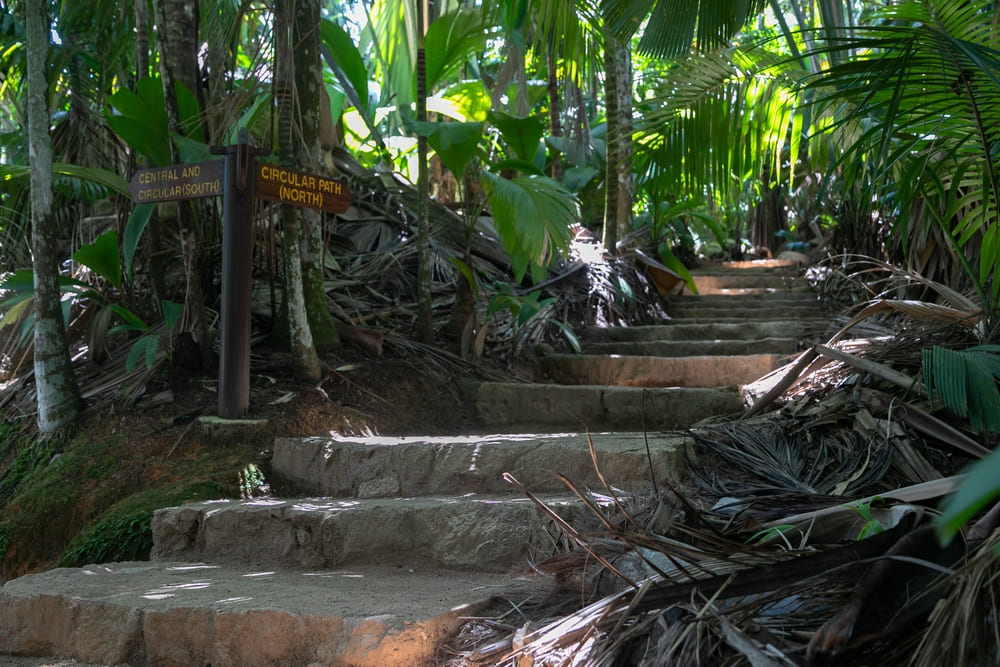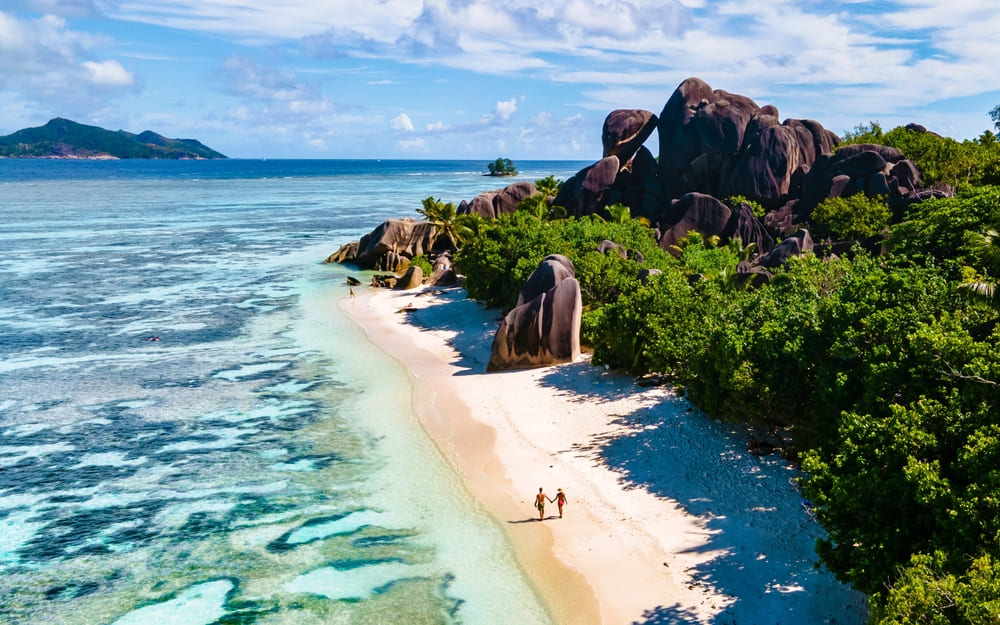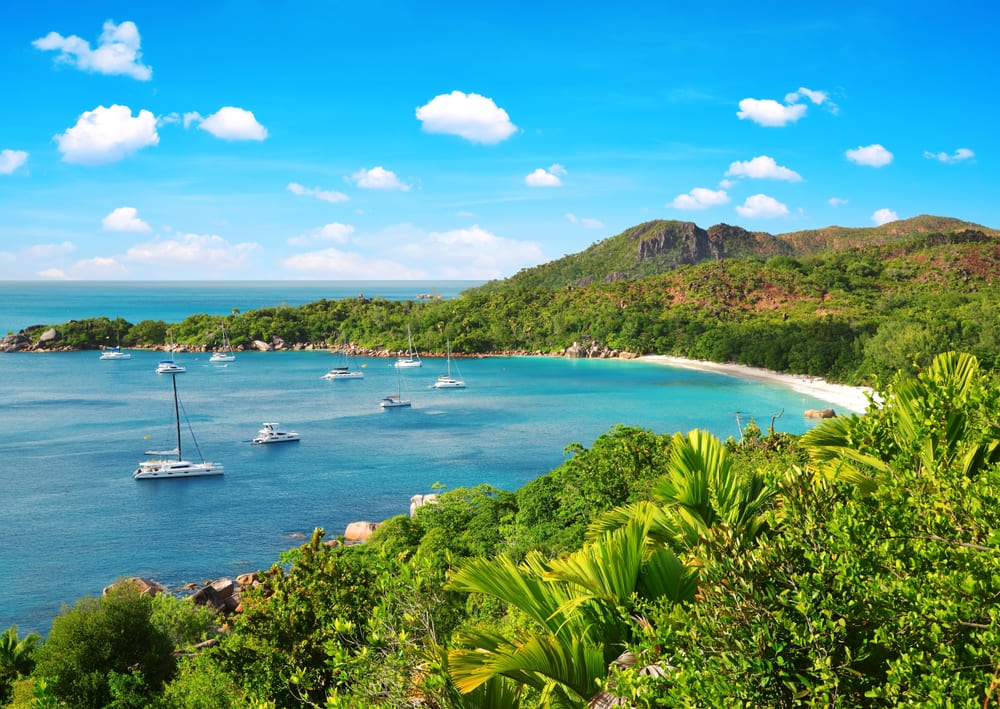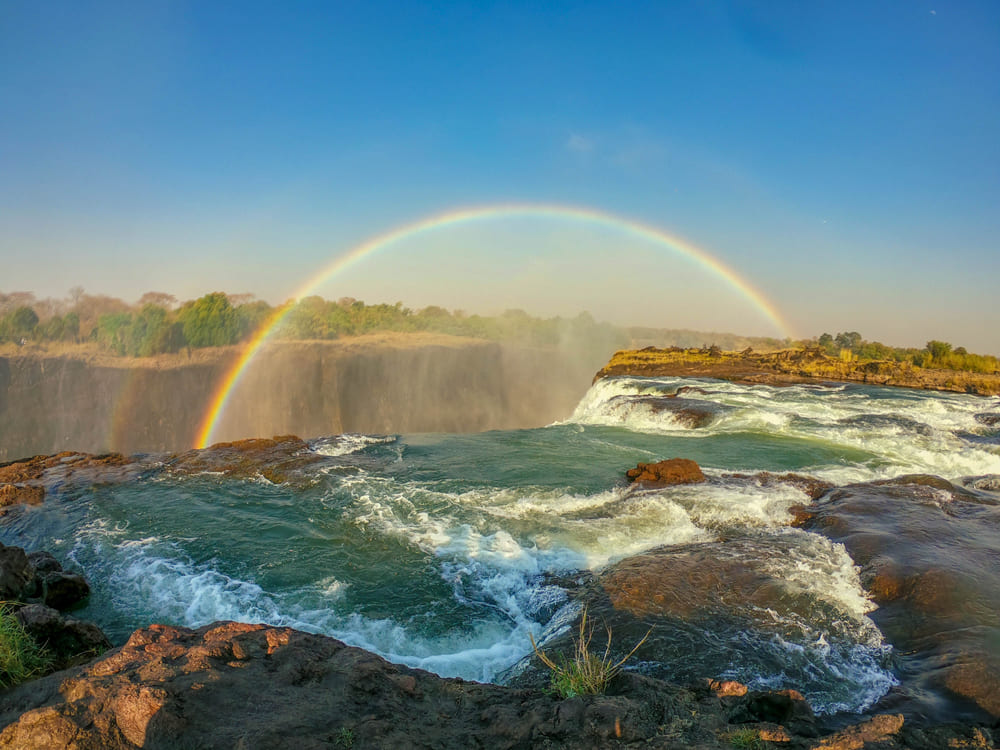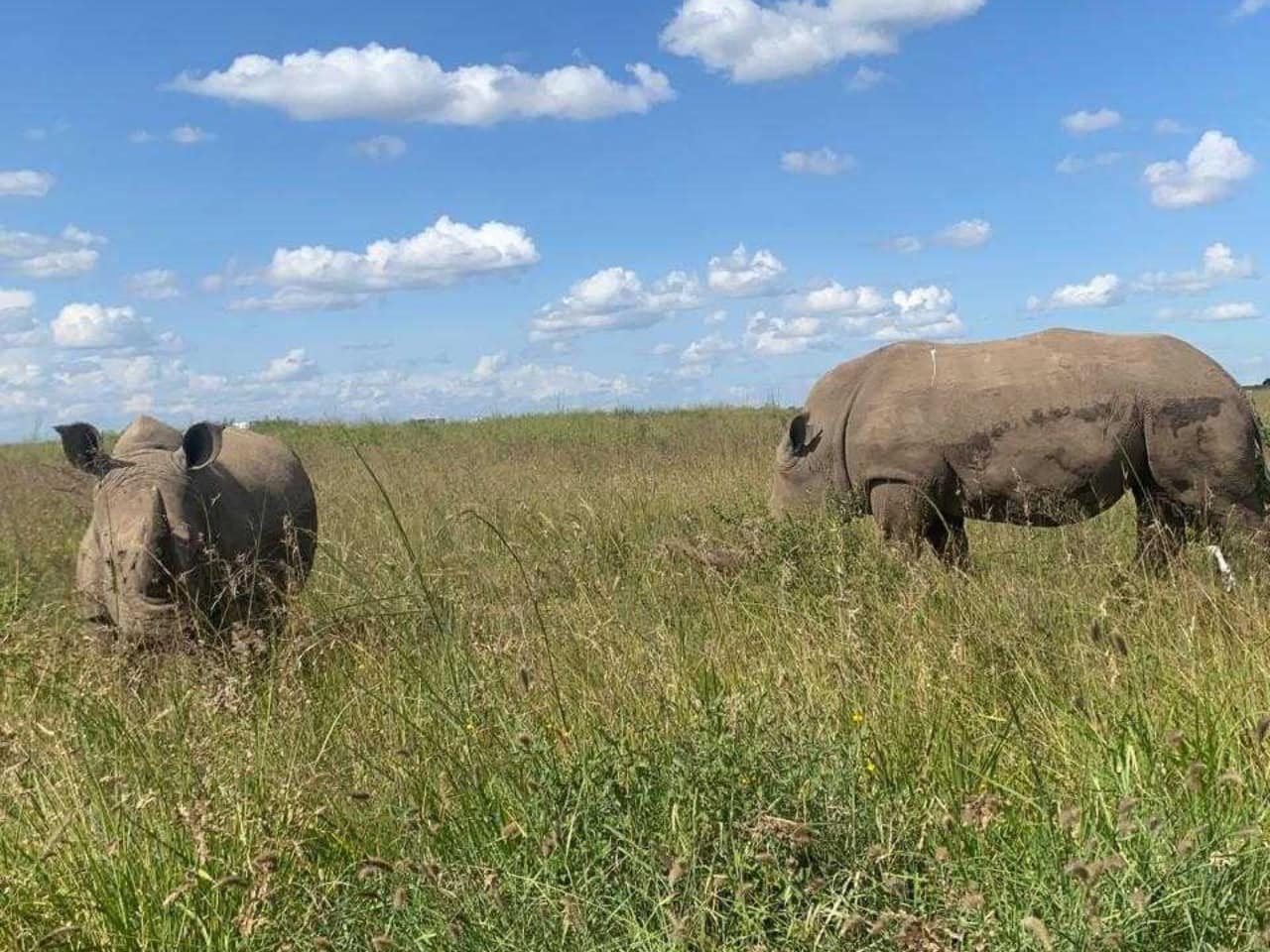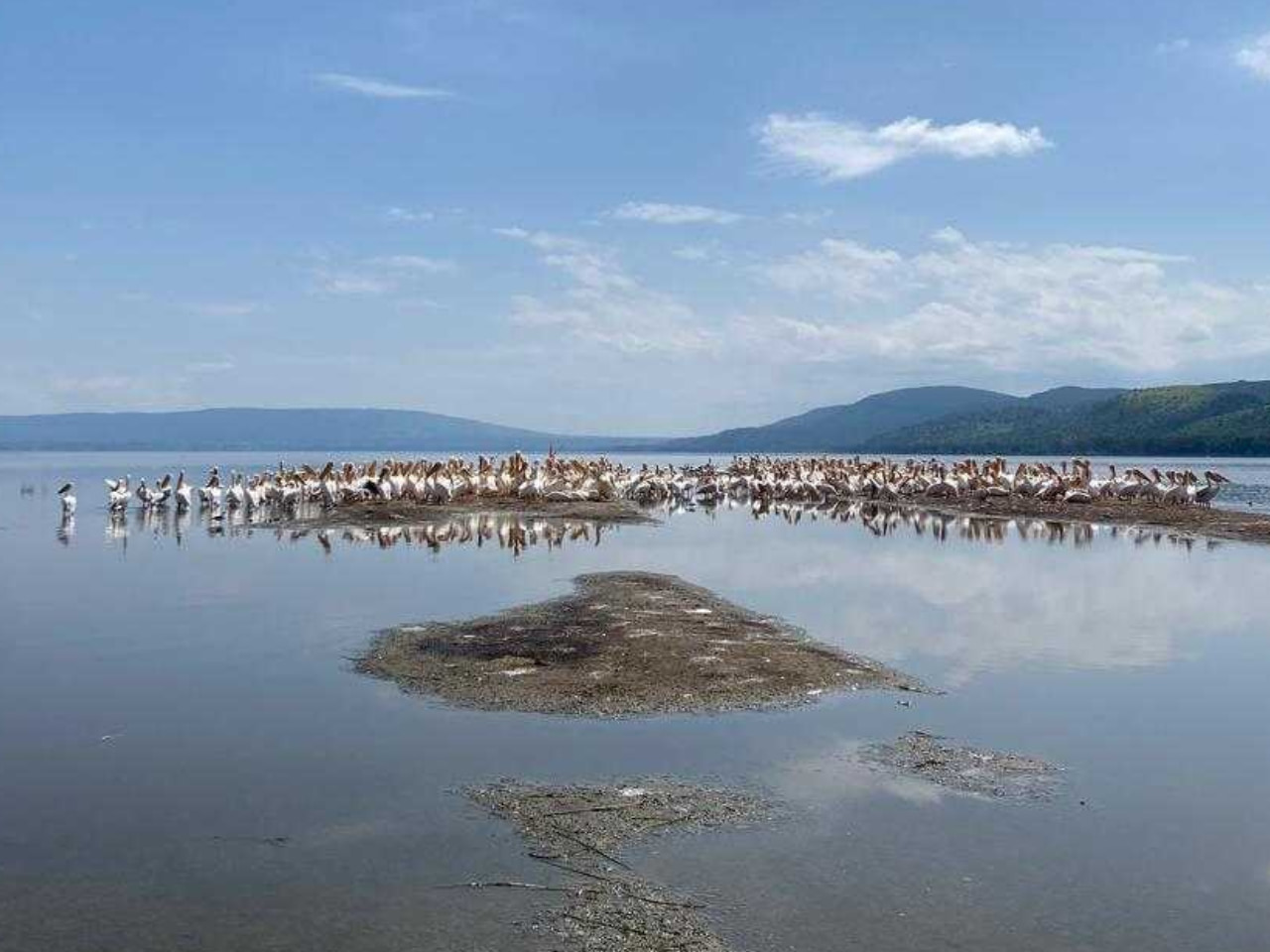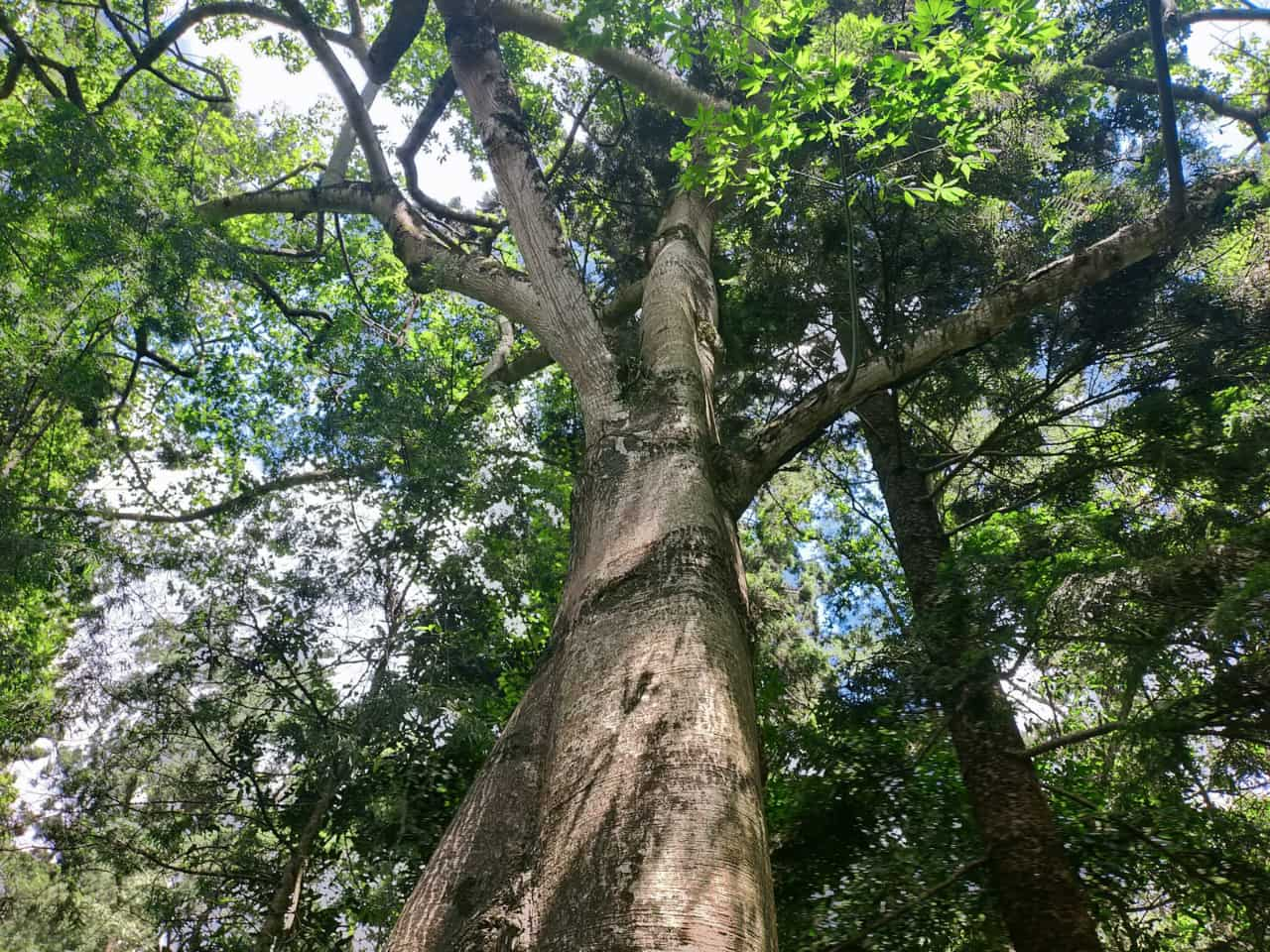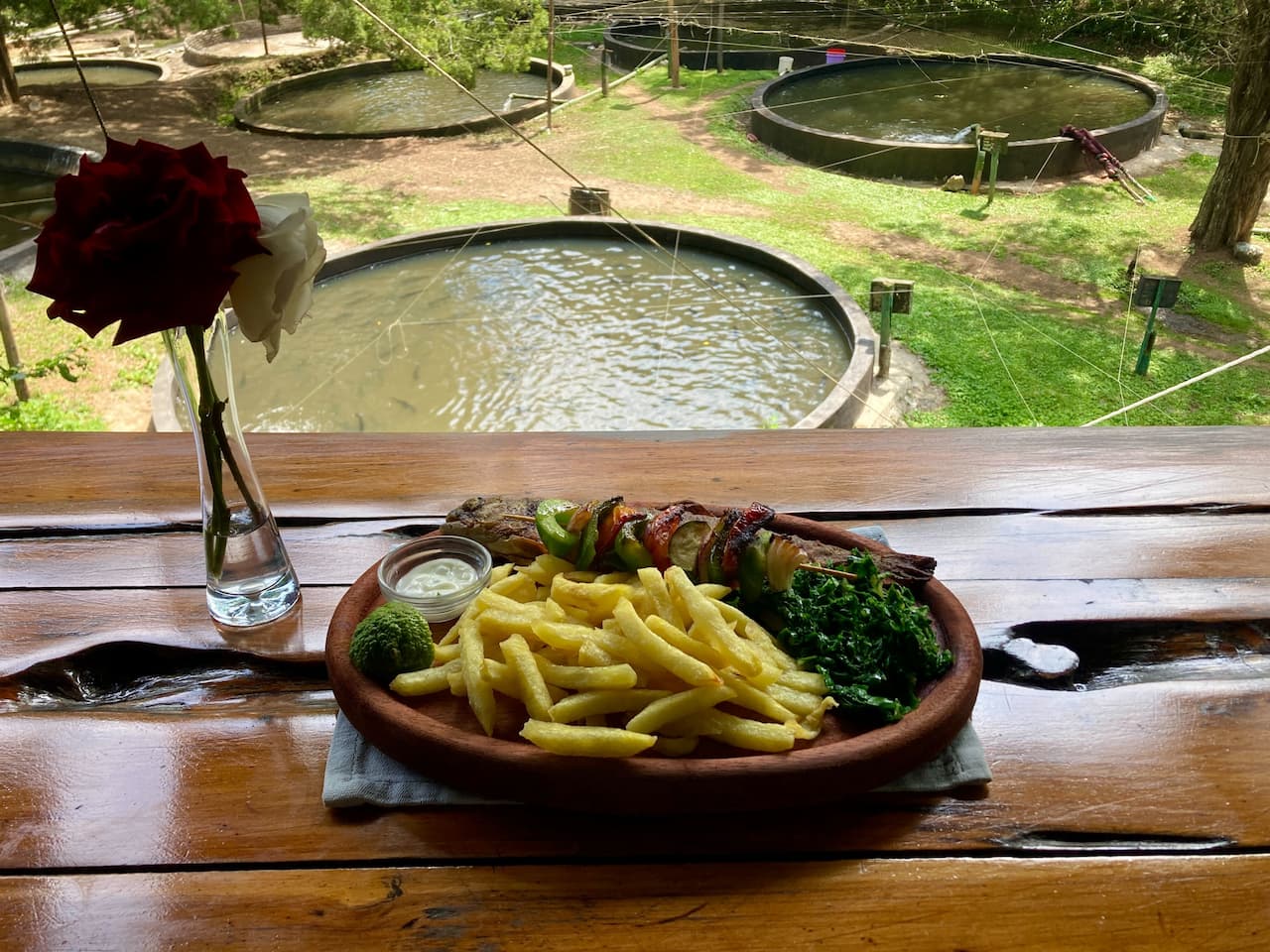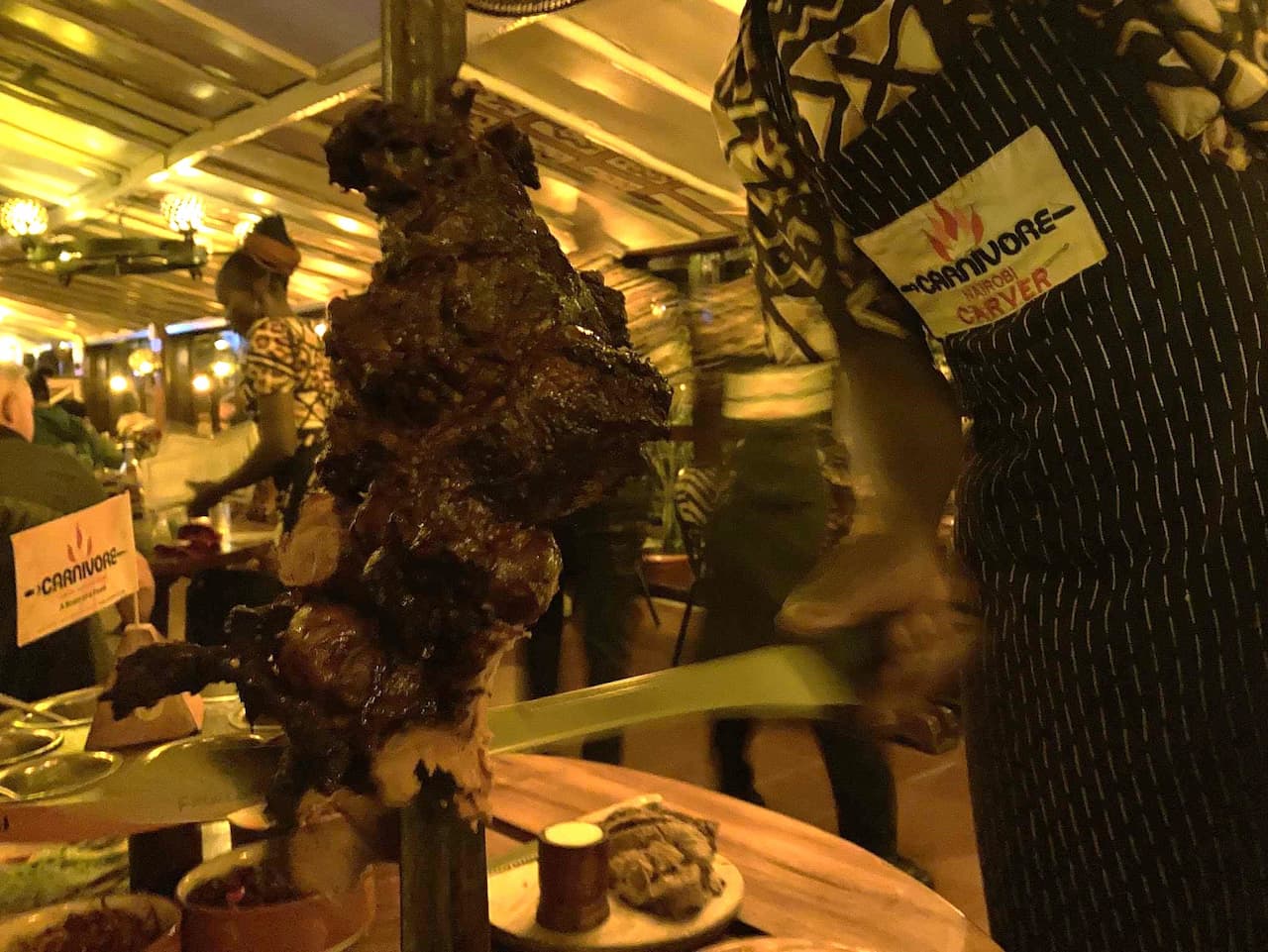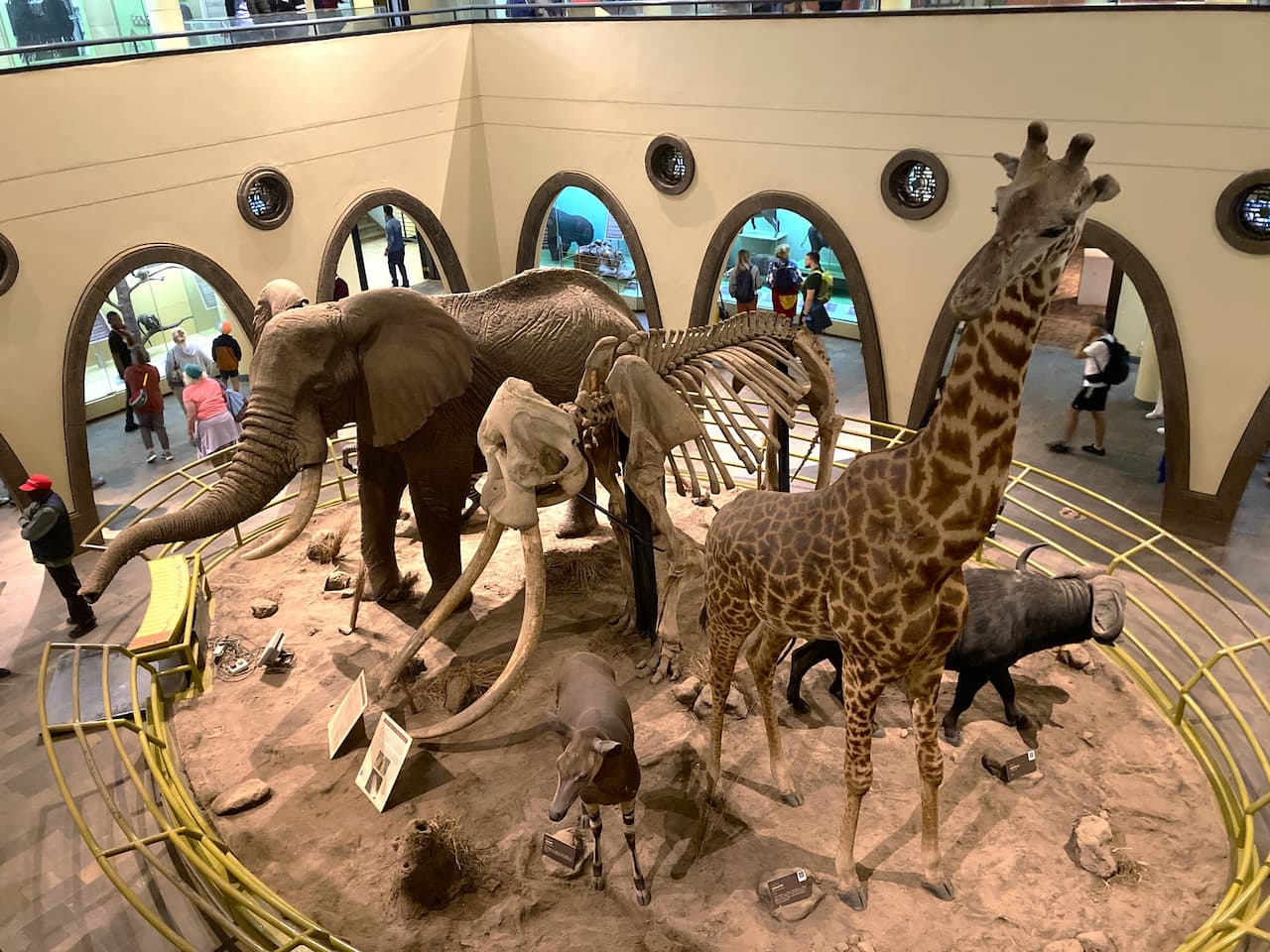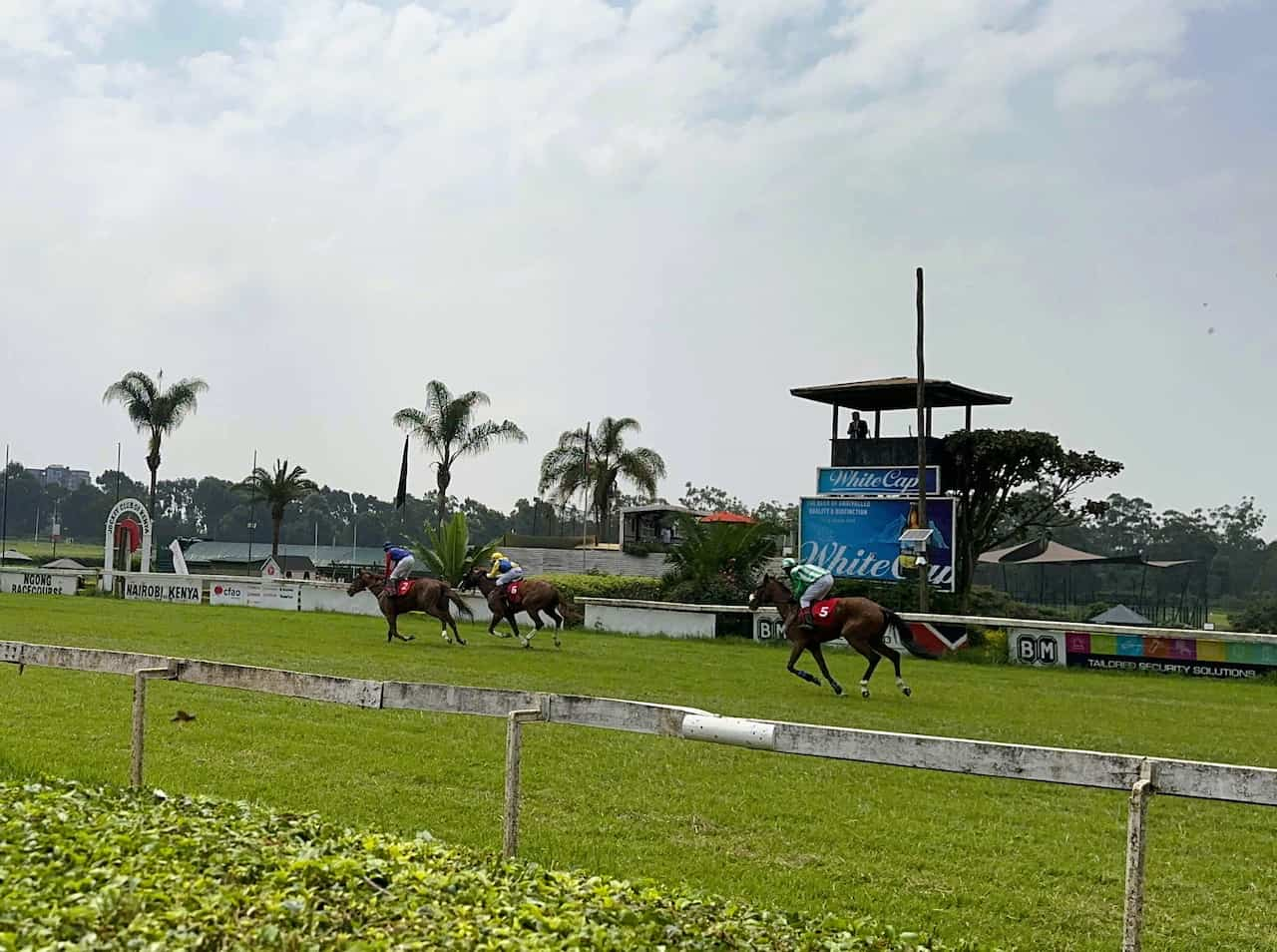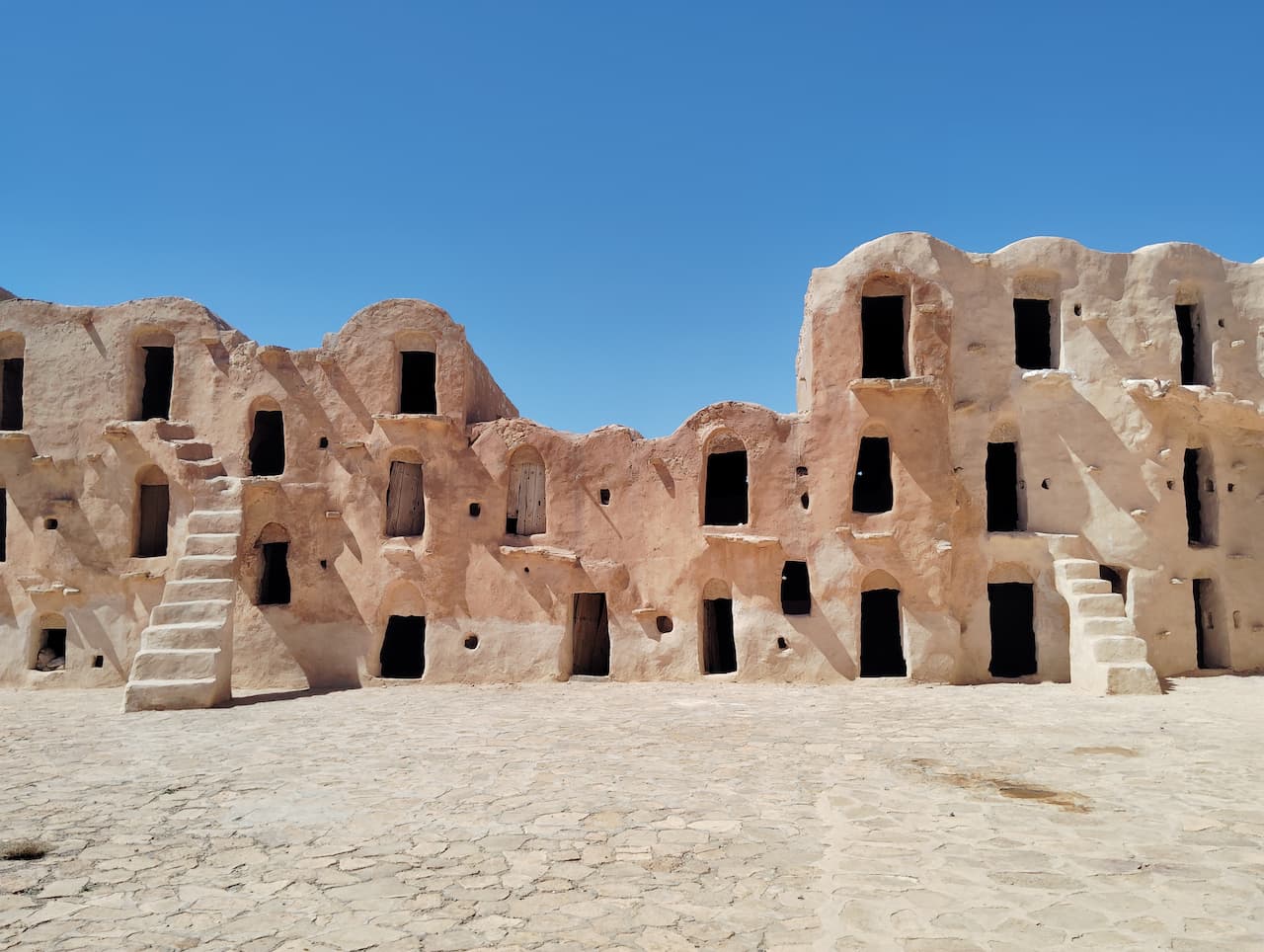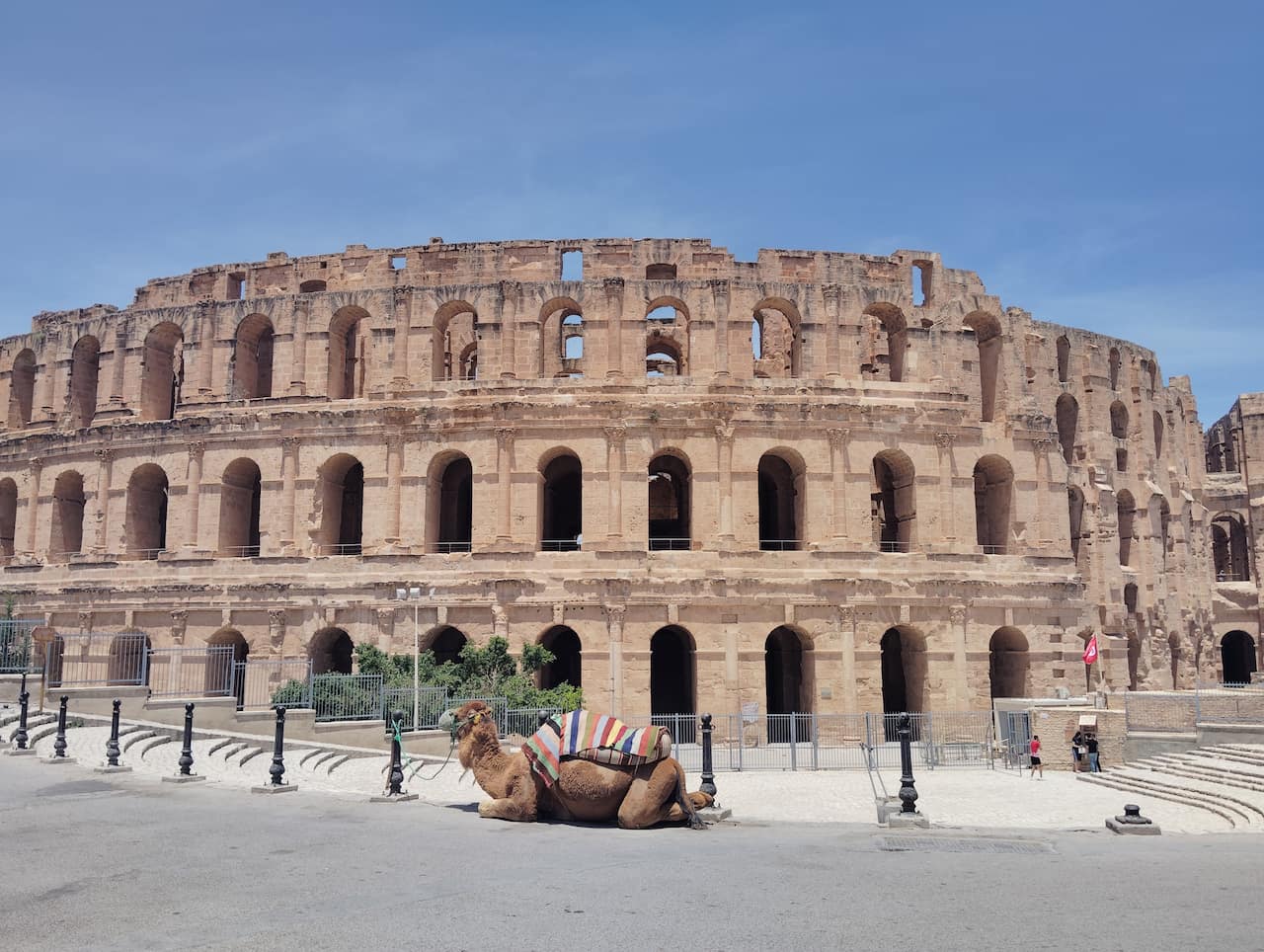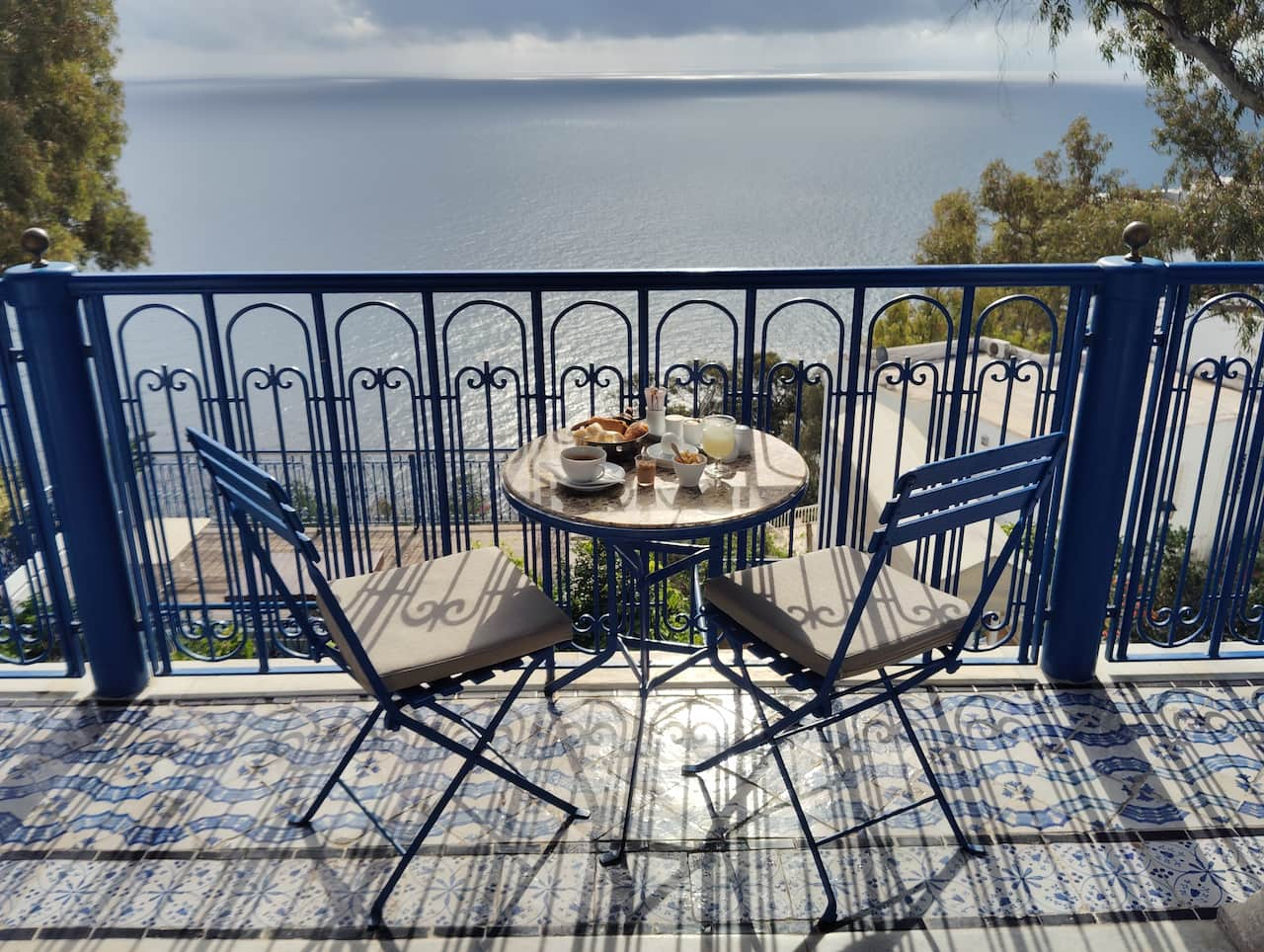Anse Intendance, located in the southern part of Mahé Island in the Republic of Seychelles, is a hidden paradise highly praised by travelers from around the world. This beach is a true 'picture-perfect tropical paradise,' where unspoiled natural beauty and tranquility blend seamlessly. Here, we will introduce the charms of Anse Intendance in detail.
1. Natural Beauty and Unique Scenery
Anse Intendance is a crescent-shaped bay approximately 800 meters long, featuring a pristine white powder sand beach and emerald green waters. Giant granite boulders, characteristic of Seychelles, are scattered along the coastline, with lush tropical rainforest stretching out behind. As development has been minimized, a pure natural landscape free from artificial elements is preserved, deeply impressing visitors.
Compared to other famous Seychelles beaches, this beach has fewer tourists, offering a quiet and private atmosphere. It is an ideal place to forget the hustle and bustle of the city and simply relax, listening to the sound of the waves and the whisper of the wind.
2. Popular Spot for Surfers
Anse Intendance is known for its high waves and strong currents, making it a particularly popular beach among surfers on Mahé Island. While Seychelles beaches generally have calm waves, this location is prone to large waves due to wind direction and topography, providing ideal conditions for surfing and bodyboarding.
However, caution is advised for swimming. On days with strong currents, swimming can be dangerous, and it may not be suitable for families with children or those who are not confident swimmers. Therefore, it is important to always check the sea conditions when visiting.
3. Accommodation Harmonizing with Nature
Adjacent to the beach, the luxury resort "Banyan Tree Seychelles" once stood, known for its environmentally conscious and luxurious stays. Although now closed, there are several eco-lodges and guesthouses around Anse Intendance that prioritize coexistence with nature.
These establishments offer meals made with local ingredients and experiences that allow you to feel Seychellois culture, providing a "journey that blends into the land" rather than just tourism.
4. Importance as a Sea Turtle Nesting Site
Anse Intendance is also an important coastline where endangered sea turtles, such as Green and hawksbill turtles , visit to lay their eggs. During the sea turtle nesting season, you may have the chance to spot sea turtles by walking on the beach at night, which would be a once-in-a-lifetime, moving experience.
To protect this ecosystem, local environmental conservation groups are engaged in sea turtle conservation activities, and visitors are also required to observe certain manners and rules.
5. Reasons for Popularity Among Photographers and Honeymooners
The romantic atmosphere and picturesque scenery of Anse Intendance are highly appreciated by photographers and honeymoon couples. Especially at sunset, the contrast between the sky and sea, painted in orange and pink, is exceptionally beautiful, creating a cinematic experience.
Many couples have their wedding photos taken here, creating eternal memories.
summary
Anse Intendance is one of Seychelles' representative beaches, combining untouched nature, a rich ecosystem, the charm of its waves, and a romantic landscape. For those seeking true relaxation in the tranquility of nature, away from the hustle and bustle of the city, it is the ideal place.
By staying with respect for the nature and culture of this place, not just as a tourist, you can truly experience the charm of Anse Intendance. When visiting Seychelles, be sure to include it as one of your travel destinations.
